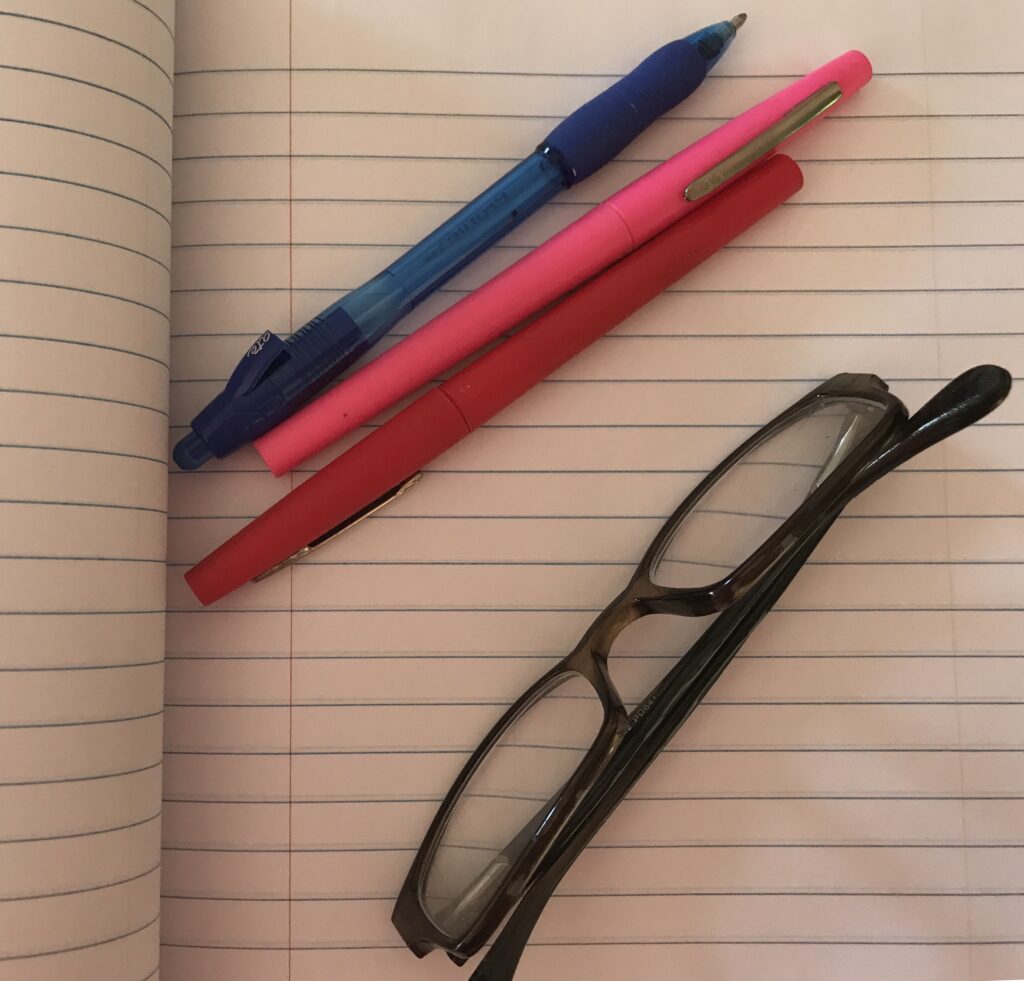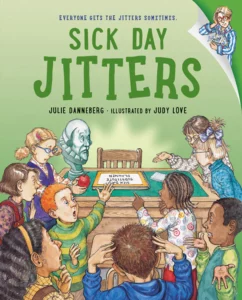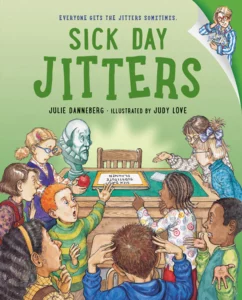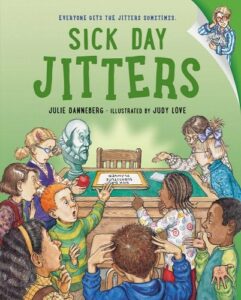
Throughout my years as a writing teacher, I consistently saw that many students didn’t know how to effectively revise. “My sentences are complete, and I’ve corrected my spelling. I’m done,” they would tell me.
But they weren’t. And even if they had beautiful language, a well-organized beginning, middle and end, and grammatically correct paragraphs, their writing still fell flat.
Why? Because without a clear-cut purpose or focus, without a “take-away,” any piece of writing is still unfinished.
When you get right down to it, there has to be an answer to the “So What?” question for every piece of writing that you do. Readers demand it. They want to walk away from a story, essay, or article with a new understanding of themselves or their world. They want to have cried or laughed or felt something deeply. By answering the question, “So what? What’s this story really about?” the writer is figuring out how to give readers what they want and without it, writing will never reach its potential.
I found, through years of struggling with how to get kids to go deeper into revision, that figuring out the “So What” of their piece, also helped them figure out how to how to proceed with meaningful revision.
For me, in my own writing, defining the purpose or “So What?” is actually the first step in the revision process. Once defined, that answer becomes a road map guiding most of my revision decisions: Does this section/anecdote/explanation support or further my “So What?” Is my word choice effectively invoking the mood and tone I want? Is this section/sentence actually saying what I want it to say? Is my voice consistent with my message?
So how did I teach this important revision step?
As part of their writing process, when students were done with their first draft and moving into revision, my middle school students were expected to reflect on and answer the following questions in their writing journals:
- Why did I write this piece in the first place? What inspired me? What emotion, thought, or question was I exploring or trying to capture when I started out writing it?
- What theme or lesson do you want the reader to take away from reading this piece?
- How do I want the reader to feel when they are done reading?
Once students figured out their “So what?” I had them write it out in a single sentence on the top of each revision draft. Seeing that sentence helped keep them on track in terms of their revision decision making. They could write it in their own words or fill in the blanks: As a result of reading my story/essay/personal narrative, I want the reader to learn/think/understand____ and I want them to feel____.
I warned them that sometimes our initial “So What?” evolves and changes as we go through multiple rounds of revision. That’s okay. Revision is never a straight line or a one time through process. The more we work with a piece, the more we know what we are trying to say.
Since their reflective journal writing was low stakes, in that it wasn’t graded, I found that for the most part, they enjoyed the reflection, and with time, it got easier. An added benefit was discussing their answers with them was a great way for me to connect with and learn about my students. I enjoyed reading their thinking and was often surprised by the insightfulness of their answers.
Of course, after they figured out their “So What?” they still had to figure out how to use that knowledge to make their revision decisions. But hey, one step at a time.


